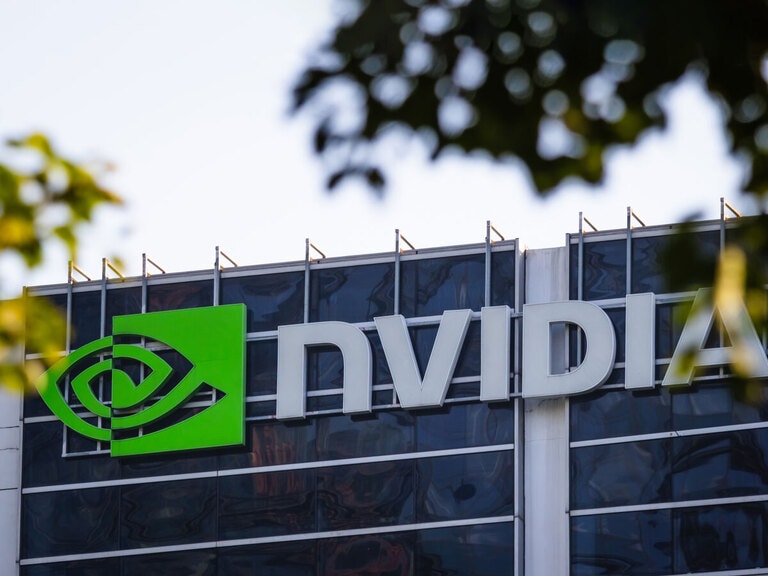Legacy automaker Ford [F] has announced declining sales for its fiscal first quarter. The Michigan-based car manufacturer reported first-quarter sales of 432,132 vehicles — down 17% on the year-ago quarter.
But what exactly has caused such a significant fall off?
This article was originally written by MyWallSt. Read more insights from the MyWallSt team here.
Why are Ford’s sales down?
We had hoped we wouldn’t still be saying this by now, but semiconductor shortages are still wreaking havoc on the wider auto industry. Ford has witnessed this first hand, with almost all major segments trending down for the quarter. SUV sales were down 5%, truck sales were down 23% and car sales plummeted by a whopping 49%.
One of the few shining lights for the company was the performance of its recently restructured electric vehicle (EV) arm, which reported a notable jump of almost 38% compared with the first quarter of last year. This follows the wider industry trend where other EV companies such as Tesla [TSLA] and Polestar noted strong rises in US sales for the year’s opening quarter.
What does this mean for Ford investors?
Despite a sharp decline in sales, this is no time to panic — not yet anyway. Ford is attempting to navigate far-reaching supply chain problems, an uncertain consumer climate, and fears around rising inflation. All of these have combined to send sales sliding.
There are some positive signs heading into Q2, however. Vice president of sales, Andrew Frick, outlined that, “while the global semiconductor chip shortage continues to create challenges, we saw improvement in March sales, as in-transit inventory improved 74% over February”.
The company is also dealing with strong demand for some of its newer vehicles, with sales of its Maverick pickup truck increasing by 115% from February to March. Chip shortages are unfortunately likely to continue to ravage Ford, but that problem is one that affects the entire industry. Ford should have the financial resources to continue to tread water until those supply pressures ease.
On top of that, the firm’s new EV strategy appears to be paying dividends as the world moves toward more widespread adoption of battery-powered vehicles. With the company expecting to have a third of its sales come from its EV arm by 2026, this year’s growth so far should be viewed favourably by shareholders.
Continue reading for FREE
- Includes free newsletter updates, unsubscribe anytime. Privacy policy






